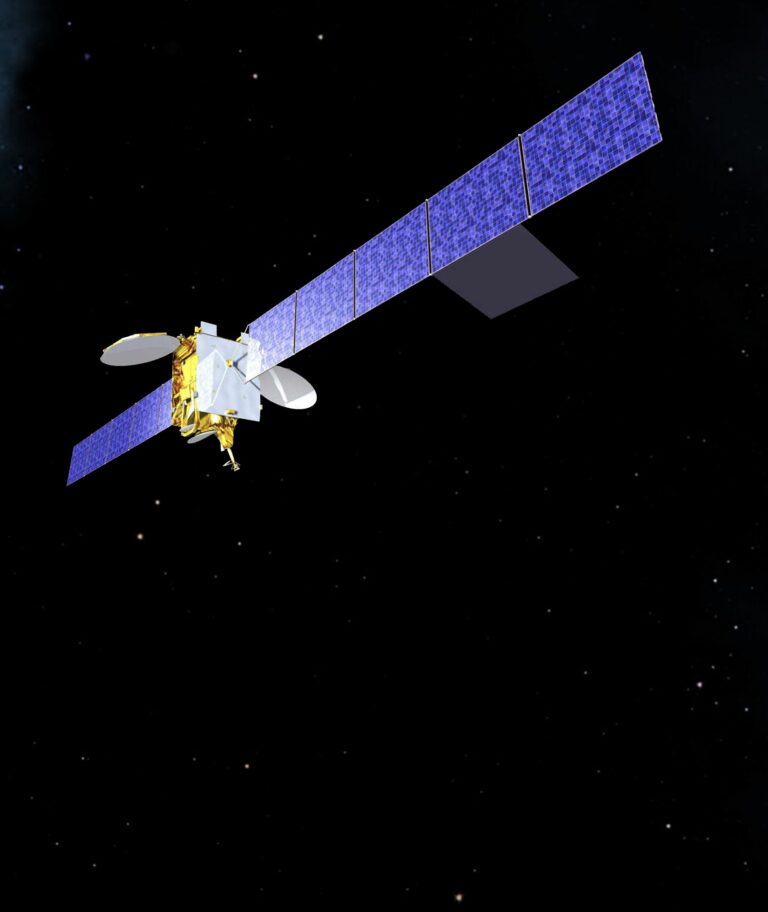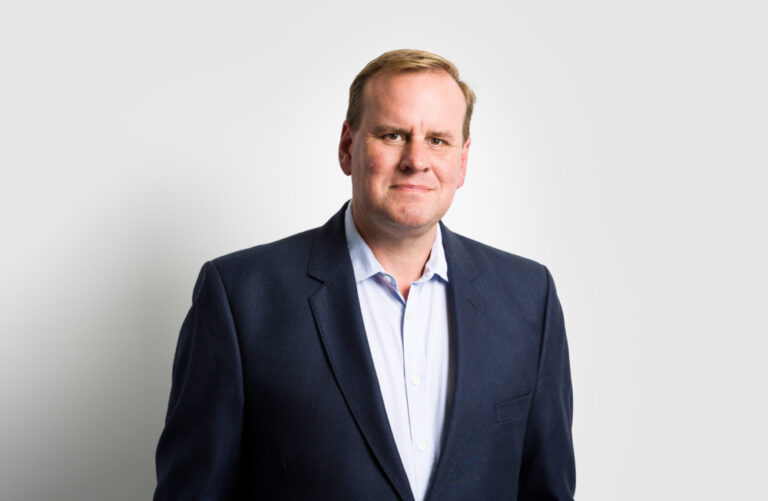JV on 5G radio and distributed units
There’s good news for Europe’s barren Open RAN manufacturing ecosystem as two vendors have formed a pact to expedite the supply of components to O-RAN builders. Open RAN semiconductor and software specialist Piccocom and Accton Technology Group are to collaborate on making new 5G Open RAN products, they have announced. The Open RAN supply chain is vital to the success of D-I-Y Radio access network building projects for mobile network operators, but to date they have been left by speedy telco cloud operators who have got their kit together.
UK-based Picocom silicon and software will power Accton’s new 5G Open RAN radio units (O-RUs), while Accton will bring Picocom’s ORANIC in-line physical layer network interface controlling distributed unit (O-DU) card to the mass market. There is no word on whether they will devise any snappier brand names. Accton will help Picocom develop ORANIC into a fully-featured product that the industry needs and wants, they said in a joint statement. Meanwhile, Accton wants Picocom’s PC802 devices and 5G NR O-RU software at the heart of future Accton O-RU products, it said.
The PC802 Oranic is shipping in mass production quantities together with mature software for Open RAN Distributed Units (O-DU) and Radio Units (O-RU), as well as integrated small cells. In addition, PC802 supports both 4G LTE and 5G NR. The PC802 ORANIC was recognised by the Small Cell Forum (SCF) which presented it with an award for its Open RAN in-line PHY and NIC board, which is designed for 5G O-RAN O-DU servers.
In the current market conditions, it is paramount that vendors seek out and partner with the best technology providers available, according to Mingshou Liu, President of Accton Technology China. “Picocom has emerged as the 5G Open RAN PHY provider of choice,” said Liu, “Accton has been closely monitoring and working with Picocom for some time – we are pleased to be able to go public with our multi-layered partnership.”
“We are honoured to be working in partnership with Accton. It is a privilege to have such a renowned ODM company bring our award-winning in-line PHY/NIC card to market,” said Peter Claydon, President of Picocom.
Technical Note
ORANIC interfaces to L2 software via the Open RAN SCF FAPI interface. It includes 4 PC802s, driving 4 25G SFPs. O-RAN Open Fronthaul interface processing is integrated directly into PC802. ORANIC is capable of driving 16 2T2R or 8 4T4R O-RUs.
More details on the Picocom’s PC802 5G small cell SoC here
More on ORANIC here.











